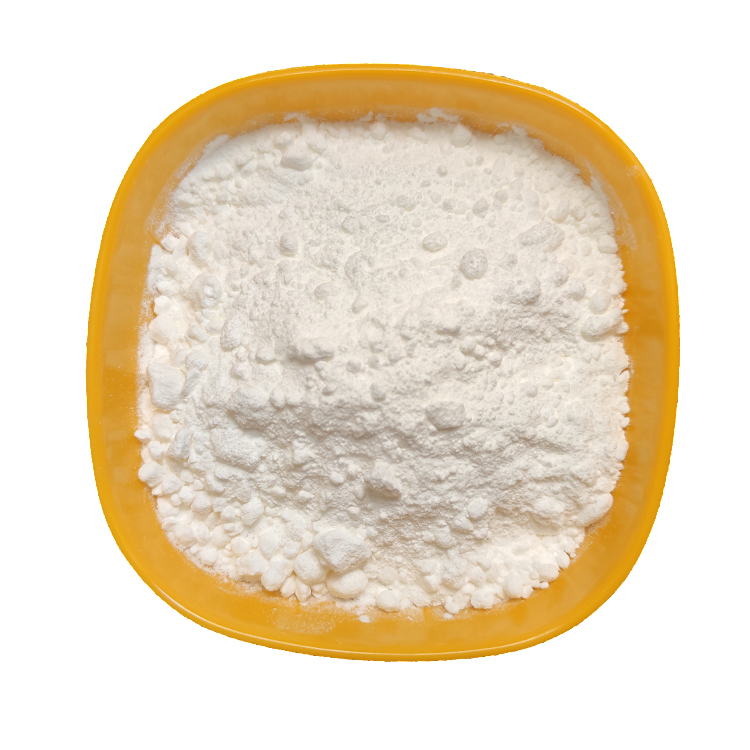Microelectromechanical technology (MEMS) accelerometers and gyroscopes have been widely used in navigation and gaming applications, and another highlight of such sensors is health care . The current popular application is a diagnostic device that measures the performance of a patient's heart. The function is to measure the electrocardiogram, which requires a series of electrodes to be in contact with the human body.
In a heart rate monitor or exercise device, one can obtain a complex ECG vector map, a typical electrocardiogram, based on the amplitude and timing in the P-QRS-T peak information in the electrocardiogram, or just the timing of the R peak. As shown in Figure 1.

Figure 1: P-QRS-T waveform in ECG
An electrocardiogram can give a lot of information, such as a heart failure or illness, a recovery state of the body, or a physical and psychological stress state. However, the ECG does not measure the pumping function and capacity of the heart very well. In addition, when the ECG is measured, so many electrodes are clamped on the human body, which invisibly exert pressure on the measured person, which also affects the accuracy of the measurement. Fortunately, there are other ways to measure the function of the heart, such as ultrasound meters and projected heart beats. Mechanical projection heart beats typically lag 30--40 mS.
By projecting the heart beat graph, we can derive the mechanical motion of the heart by measuring the force and acceleration of the chest, or measuring the blood pumping activity of the heart by a remote heart beat graph. With the heartbeat technique, measurement can be performed in daily life without any device, and it is sufficient to measure in the uniaxial direction of the human body, because this is the main direction of blood flow.
Projected heart beats provide a global basis for medical predictions, such as detecting physical or mental stress, or early detection of coronary heart disease. As shown in the amplitude of the signal in Figure 2, the stroke volume and its variability of the heart can be measured. From the time series, the overall function of the heart and heart rate and its variability can be seen. Stroke variability makes it easy to monitor breathing and heart rate variability to estimate recovery status and patient stress status. The amplitudes of I and IJ waves in Figure 2 can be used to assess certain diseases, such as aortic valve disease, coronary artery disease, and analysis of life expectancy.

Figure 2: Projected heart beat waveform
When measuring the projected heartbeat data with an accelerometer, the main challenge is the very low level of the acceleration signal relative to the noise of the sensor itself and the environment, as well as the effects of frequency response and mechanical resonance. Measuring the projected heart beat data from the bed can measure sleep activity, physical condition and rehabilitation status, so that no electrodes are required to be installed on the patient's body, which will not affect the patient's comfort or interfere with sleep. This type of measurement can be used to monitor people's sleep problems caused by the body, as well as to monitor athletes to optimize training and avoid overtraining.
In a recent project design, Murata engineers analyzed the patient's activity in the hospital bed and separated the heartbeat data. The heartbeat data is shown in Figure 3. From this, the resonance of the bed can be seen to affect the signal. And decay with time. The reliable measurement signal is in the 10mg range, which requires the resolution of the acceleration sensor to be particularly high. One of the sensors suitable for this application is Murata's SCA61T, which has a noise density of about 14μg/√Hz.

Figure 3: Raw data of heartbeat waveforms acquired using Murata accelerometer SCA61T
[product name]: eggshell powder [appearance]: loose powder, no caking, no visible impurities. [color]: it has the inherent color of the product and is uniform [solubility]: ≥ 100% [application scope]: medical and health products, health and nutrition products, infant food, solid beverage, dairy products, convenience food, expanded food, condiment, middle-aged and old people's food, baked food, leisure food, cold food and cold drink, etc. [storage]: keep in a cool, dry place, away from light and high temperature. [product packaging]: double plastic bags for internal use, aluminum foil bags for external use, 1kg / bag, 10kg / box, 25kg / barrel, can be packed according to customer requirements. [shelf life]: two years.
[product name]: eggshell powder [appearance]: loose powder, no caking, no visible impurities. [color]: it has the inherent color of the product and is uniform [solubility]: ≥ 100% [application scope]: medical and health products, health and nutrition products, infant food, solid beverage, dairy products, convenience food, expanded food, condiment, middle-aged and old people's food, baked food, leisure food, cold food and cold drink, etc. [storage]: keep in a cool, dry place, away from light and high temperature. [product packaging]: double plastic bags for internal use, aluminum foil bags for external use, 1kg / bag, 10kg / box, 25kg / barrel, can be packed according to customer requirements. [shelf life]: two years.
Our company offers variety of products which can meet your multifarious demands.including API Powder.Pharmaceutical Intermediates.Vitamins Powder.Plant Extracts.Food Additive.Peptide Powder and so on We adhere to the management principles of "quality first, customer first and credit-based" since the establishment of the company and always do our best to satisfy potential needs of our customers. Our company is sincerely willing to cooperate with enterprises from all over the world in order to realize a win-win situation since the trend of economic globalization has developed with anirresistible force.
product Photo:

Eggshell Powder,Loss Hair Treatment Powder,Trelagliptin 99% Anti-Diabetic,Antiparasitic Agents Lufenuron Insecticide
Shaanxi YXchuang Biotechnology Co., Ltd , https://www.peptidenootropics.com